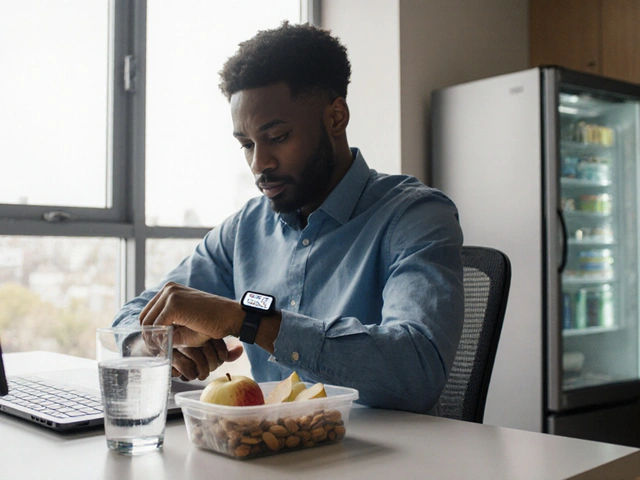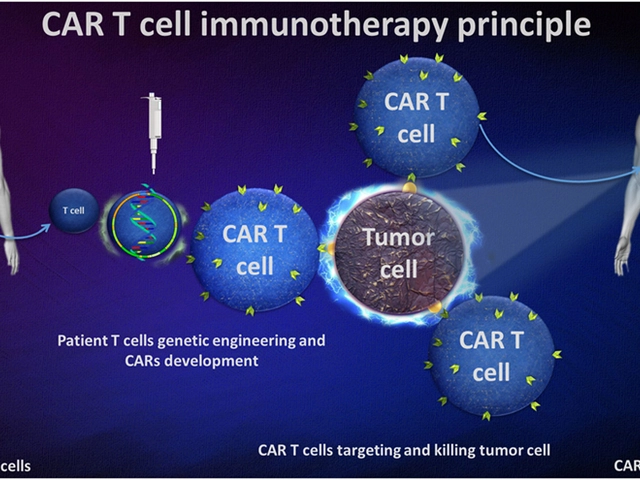Desonide and Clomid Alternatives — Feb 2025 Archive
Two clear themes ran through our February 2025 posts: safer topical steroid use and fresh fertility options. One piece explains why Desonide is becoming a go-to mild steroid for sensitive skin. The other outlines five alternatives to Clomid now used in fertility care. If you want short, practical takeaways from both topics, you’re in the right place.
Desonide is low‑potency, which makes it useful on the face, skin folds, and for kids. That doesn’t mean it’s harmless, but the risk of skin thinning and systemic effects is lower than with stronger corticosteroids. In real-world use, patients report good control of eczema flares with fewer worry points about long-term damage when following directions. Key tips: use the smallest effective amount, apply only to inflamed areas, and avoid prolonged use on large body surfaces unless your doctor supervises.
How to apply Desonide safely: wash and dry the area, apply a thin layer once or twice daily as directed, and monitor for improvement within 1–2 weeks. If there’s no change or if your skin worsens, stop and check with a clinician. Also tell your provider about other skin meds, because mixing treatments can increase risk. For kids, the rule is extra caution—treat only limited areas and follow pediatric advice closely.
What Desonide users should watch for
Look out for local irritation, burning, or signs of infection. If your condition spreads or becomes oozing, that could mean a secondary infection needing different care. Long-term users should have periodic check-ins to reassess need and technique. Remember: milder steroid doesn’t replace proper skincare—moisturizing and trigger control matter a lot.
5 Alternatives to Clomid in 2025: quick guide
Clomid (clomiphene) has been standard for ovulation induction, but it’s not right for everyone. Our February roundup covers five alternatives you’ll hear more about in 2025: letrozole, injectable gonadotropins, low-dose hCG protocols, IVF options tailored for ovulation issues, and emerging oral agents used in clinical practice. Each has clear pros and cons.
Letrozole often works better for people with PCOS and may produce a thinner uterine lining less often than Clomid. Injectable gonadotropins give fine control over follicle growth but need monitoring and carry higher cost and OHSS risk. Low-dose hCG can trigger final maturation with lower stimulation. IVF is more invasive and expensive, but it bypasses some ovulation blockers. Newer oral meds are promising but vary by clinic and evidence.
Choosing the right approach depends on diagnosis, prior response to Clomid, age, and how much monitoring you can do. Talk specifics with a fertility specialist: they’ll review cycles, run targeted tests, and recommend the safest, most effective next step for your situation.
Want the full articles? Check the detailed Desonide post for dosing and safety notes, and the fertility piece for deeper comparisons, typical success rates, and when to consider each alternative. These February posts are short, practical, and built to help you ask better questions at your next appointment.

How Desonide is Changing the Landscape of Topical Steroid Treatments
Desonide has emerged as a game-changer in topical steroid treatments due to its effectiveness and reduced side effects. This mild corticosteroid is gaining popularity for treating various skin conditions like eczema and psoriasis without the typical drawbacks of stronger steroids. Its low potency makes it safer for long-term use, especially on sensitive skin areas like the face and folds. Discover how Desonide is reshaping dermatological care with its user-friendly application and results-driven approach.
Read More




